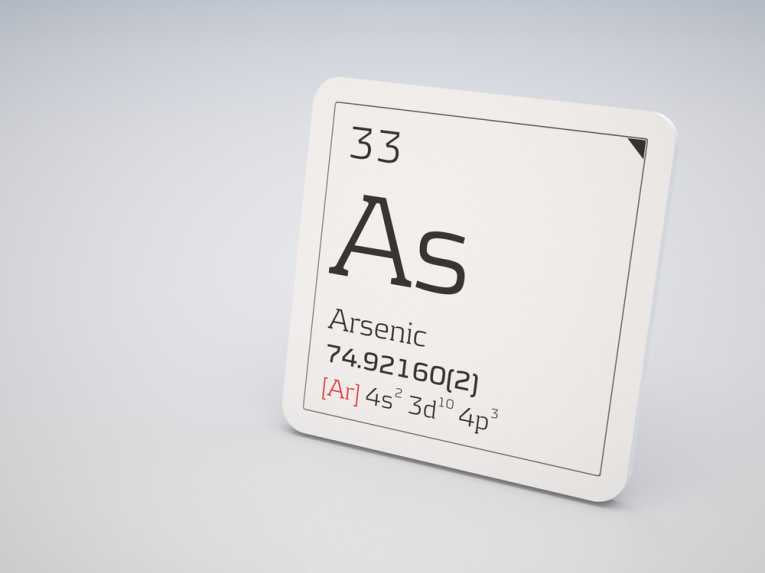Groundwater has been contaminated at 19 more coal ash sites, an environmental group claims. Unsafe levels of arsenic and other toxic pollutants appear to have found in groundwater and soil at sites near coal ash ponds and landfill sites across nine American states, according to the Environmental Integrity Project (EIP).
Since 2007, the EIP has produced evidence of proven or potential damage to 137 other groundwater sites.
In its latest report, Risky Business, it identifies sites where pollutants including boron, molybdenum, and manganese have been found above recommended health limits for children and adults.
The EIP also claims that in seven sites previously examined that groundwater is more toxic than hazardous waste leachate.
And it says that soil has been contaminated at a site in Indiana where coal ash had been used to fill in a rail bed.
Contaminated groundwater can affect drinking water supplies and move into nearby rivers and lakes, the EIP points out.
The 19 sites under scrutiny are located in Illinois, South Carolina, Iowa, Texas, Florida, Georgia, Kentucky, Nevada and Tennessee.
The report's data has been obtained using the Freedom of Information Act and came from onsite monitoring wells.
Among the findings are:
· Arsenic has been measured above the Maximum Contaminant Level (MCL) of of 10 parts per billion (ppb) at 14 sites, with groundwater concentrations more than 10 times over that threshold at Winyah Station, South Carolina, Meredosia Station, Illinois, Parish Station, Texas, and the North Valmy Station, Nevada
·Lead levels of up 209 parts per billion were recoded at the McMeekin site in South Carolina, almost 14-times the MCL for lead. The Joppa and Powerton stations in Illinois and the Coleto Creek site in Texas also had lead concentrations well above the 15 ppb MCL
· MCLs for antimony, barium cadmium, chromium, and selenium were exceeded at one or more locations
· Monitoring wells at seven Illinois sites showed contamination above the MCL for arsenic or other pollutants
· All sites showed pollutants like boron, molybdenum or sulphates in unsafe concentrations greater than those in guidelines set to protect children and adults
· Groundwater levels at least five sites exceeded Health Advisories for three or more contaminants, including Prairie Creek, Iowa, the Joppa and Waukegan plants in Illinois, the Paradise Fossil Plant in Kentucky and the W.A. Parish plant in Texas
· Monitoring wells at the Parish plant measured molybdenum levels as high as 856 ppb, more than 20-times the Environmental Protection Agency (EPA) Lifetime Health Advisory of 40 ppb
· Two sites - the Prairie Creek Station in Iowa and the Meredosia plant in Illinois - showed boron levels over 30 parts per million, 10-times the Health Advisory level for drinking water consumed by children within 24-hours
· At a site where coal combustion wastes were used in rail bed construction, arsenic and lead in soil are well above state and EPA screening levels for cleanup of sites with contaminated soils
Concentrations of chromium in the groundwater at ash sites are of particular concern, as some forms can cause cancer, the EIP says. The main author of the report was environemental consultant, J. Russell Boulding. The project director was Jeff Stant, director of EIP's Coal Combustion Waste Initiative.










